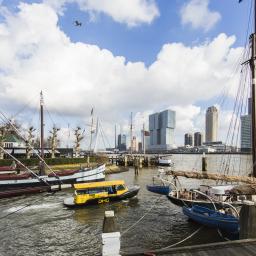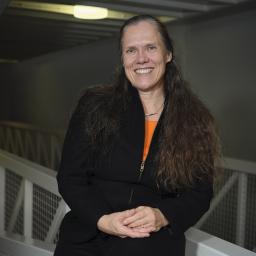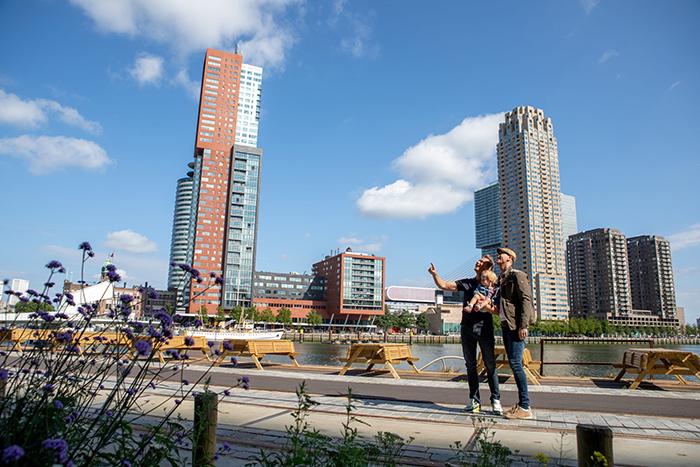
Port cities are where people, cargo, and ideas venture into the world, where economic development and liveability may clash or go hand in hand. This is the background against which the new LDE minor PortCityFutures offers third year bachelor students of all backgrounds an introduction in observing, design and multi-disciplinary collaboration.
Land meets water, and industry meets urban meets rural spaces. Throughout the ages, port cities have boosted economic and social developments, but they have also caused pollution and social injustice.
‘Whenever there is a one-sided focus on economic growth, as has been the case in recent decades, you shouldn’t be surprised if urban planning goes awry,’ says Elise van Dooren, assistant professor at the Faculty of Architecture and the Built Environment of TU Delft.
There is every reason to come up with fresh ideas for port cities
‘Add to this the most urgent societal issue of our time, climate change, and there is every reason to come up with fresh ideas for port cities.’
Exchanging perspectives
These ideas are what the new minor PortCityFutures, coordinated by Van Dooren, is about. ‘Design is about the future, about asking yourself the question “what happens if…”,’ she says. ‘Research is always the point of departure.’
In PortCityFutures, this will be the historical and socio-cultural context of the city and the vast port area that grew around it. But rather than the traditional two-phase approach of research followed by design, the minor merges these two aspects.
‘It is this overlap between research and design that makes the minor attractive for a wide range of students,’ Didem Yerli says. She is a postdoctoral researcher in the Institute of Cultural Anthropology and Development Sociology of Leiden University and one of the minor’s lecturers.
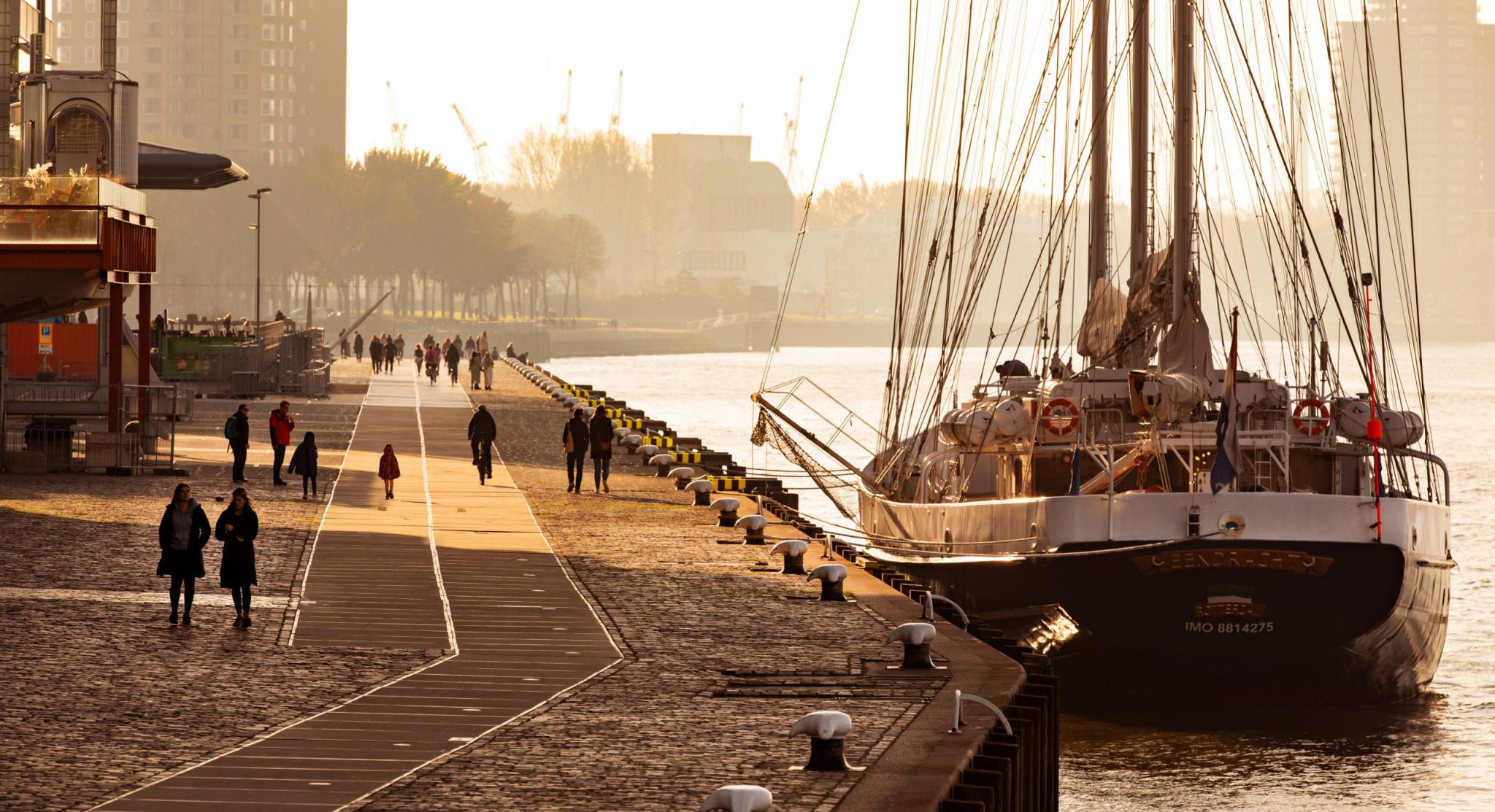
Social scientists tend to focus on observing the effects of past decisions. Designers on the other hand target the future'
 ‘Social scientists, such as anthropologists and economists, tend to focus on what has already happened, on observing the effects of past decisions. Designers on the other hand target the future, extending the current context 20 to 30 years into the future.'
‘Social scientists, such as anthropologists and economists, tend to focus on what has already happened, on observing the effects of past decisions. Designers on the other hand target the future, extending the current context 20 to 30 years into the future.'
'The present is where these perspectives meet, where the decisions are made that will affect the future. The minor offers designers and non-designers the opportunity an early chance to learn to appreciate each other’s perspectives, and to collaboratively take on the challenges of port cities.
Large-scale influences always play a role, even when designing a courtyard or a river quay
Rotterdam is an intersection of harbour and city
The Rotterdam Makers District is a good example of a territory in which a port and a city intersect each other and that will be featured in the minor. But with connectivity as the prime characteristic of ports, other port cities will serve as examples and local solutions may well end up having a global impact.
‘Next to lectures and excursions, the students will do research and design studies,’ Van Dooren says. ‘The goal of the assignments is to play with ideas, not to produce complete solutions.’
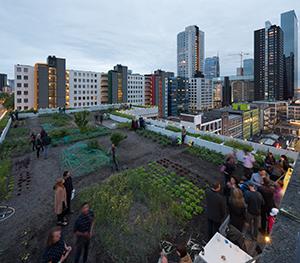
Courtyards and river quays
The topic of an assignment can be something small, such as a courtyard or a river quay. ‘No matter how small, large-scale influences will play a role,’ Van Dooren says.
The students can also develop a broad vision, such as turning Rotterdam into a green city. ‘Does this mean adding a layer of vegetation to all rooftops?’ Van Dooren wonders. ‘And will that have the intended effect? Is it even feasible?’
A future selfie
In her workshop, Yerli focusses on images of port regions, as acquired throughout the ages: 16th and 17th century paintings, 19th century postcards and current-day photo’s. ‘We will study the visual development of port regions, and how the painters and photographers perceived the port city,’ she says. ‘From that starting point, we will create our own depiction of the port – in a selfie, or in a postcard we would mail twenty years from now.’
The minor PortCityFutures is for both designers and non-designers
Anything goes
Heritage is a valuable resource but, as far as Van Dooren and Yerli are concerned, it should not be conserved no matter what, leaving the students a lot of leeway in making smart choices. They hope this will encourage students from all three LDE universities to enrol, with a large variation in cultural background.
‘The minor PortCityFutures is open for everyone who is interested,’ Van Dooren says. ‘For design students, it offers a deepening of their design skills in relation to the social, historical, and cultural context. And it provides non-designers an opportunity to explore design and how it relates to their professional way of thinking.
Text: Merel Engelsman

